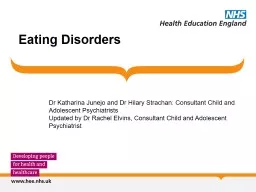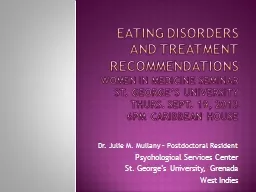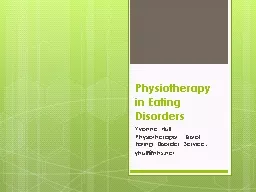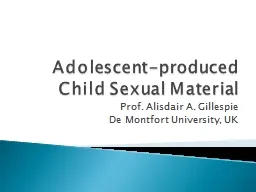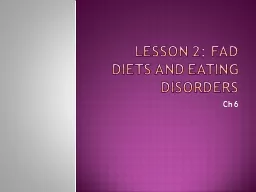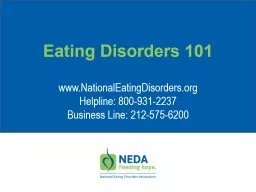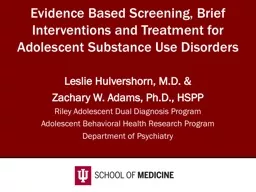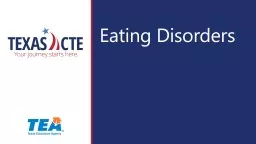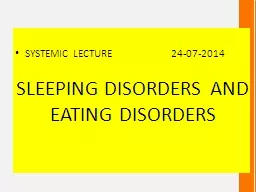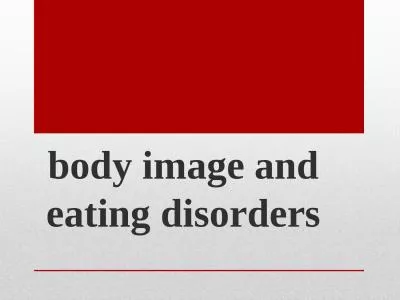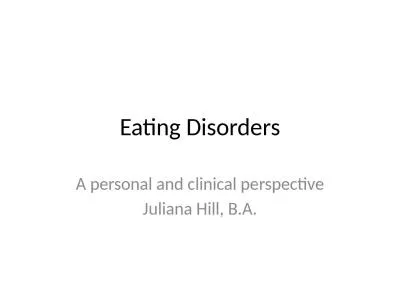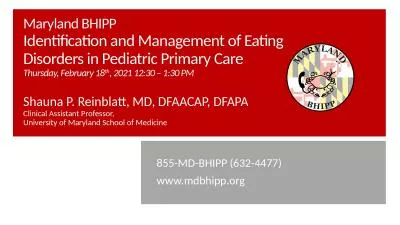PPT-Eating Disorders Dr Katharina Junejo and Dr Hilary Strachan: Consultant Child and Adolescent
Author : edolie | Published Date : 2022-06-01
Updated by Dr Rachel Elvins Consultant Child and Adolescent Psychiatrist Aims Diagnostic criteria for eating disorders in particular Anorexia and Bulimia Nervosa
Presentation Embed Code
Download Presentation
Download Presentation The PPT/PDF document "Eating Disorders Dr Katharina Junejo and..." is the property of its rightful owner. Permission is granted to download and print the materials on this website for personal, non-commercial use only, and to display it on your personal computer provided you do not modify the materials and that you retain all copyright notices contained in the materials. By downloading content from our website, you accept the terms of this agreement.
Eating Disorders Dr Katharina Junejo and Dr Hilary Strachan: Consultant Child and Adolescent: Transcript
Download Rules Of Document
"Eating Disorders Dr Katharina Junejo and Dr Hilary Strachan: Consultant Child and Adolescent"The content belongs to its owner. You may download and print it for personal use, without modification, and keep all copyright notices. By downloading, you agree to these terms.
Related Documents

